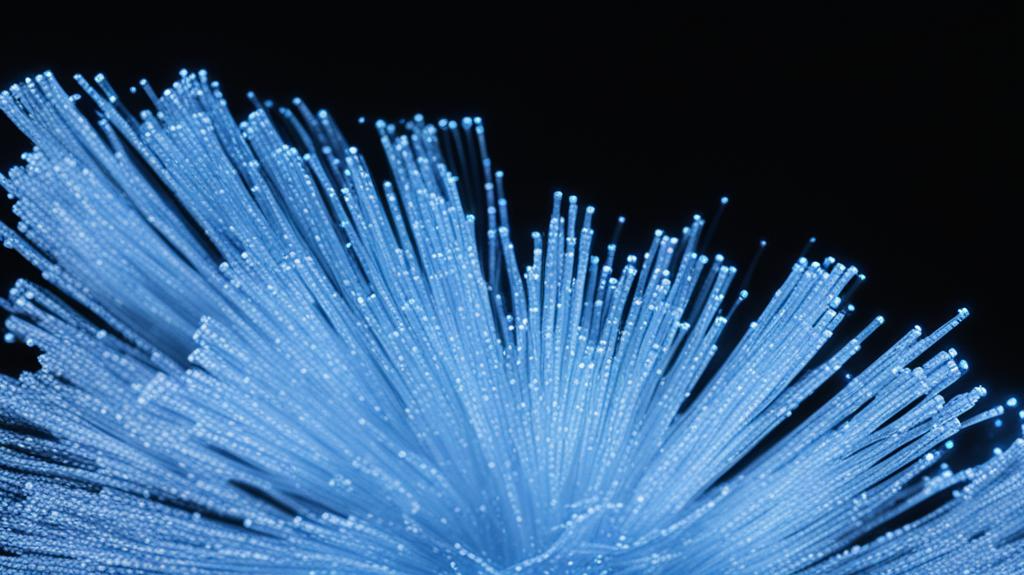
In an era defined by the relentless pursuit of speed, reliability, and efficiency in communication, fiber optic technology has emerged as a cornerstone of connectivity transformation. By transmitting data using pulses of light through thin strands of glass or plastic fibers, fiber optics offer unparalleled performance and bandwidth compared to traditional copper-based systems.
One of the most transformative aspects of fiber optic technology is its ability to support exponentially higher data transmission rates over longer distances. This capability is crucial in today’s digital landscape, where the demand for high-speed internet access, streaming services, and cloud computing continues to soar. Fiber optic networks enable seamless connectivity, allowing users to download and upload large files, stream high-definition video, and engage in real-time communication with minimal latency.
Moreover, fiber optic technology is driving innovation in the realm of telecommunication infrastructure. The deployment of fiber optic networks, both at the regional and global levels, is expanding rapidly, driven by the need to support emerging technologies such as 5G, the Internet of Things (IoT), and smart cities. These networks form the backbone of our digital infrastructure, providing the foundation for future advancements in connectivity, automation, and data-driven decision-making.
Fiber optic technology is also revolutionizing the way businesses operate and communicate. With fiber optic connectivity, organizations can leverage cloud-based services, remote collaboration tools, and real-time data analytics to streamline operations, enhance productivity, and gain a competitive edge in the marketplace. Additionally, fiber optic networks enable secure and reliable communication pathways, safeguarding sensitive information and supporting critical business functions.
Furthermore, fiber optic technology plays a vital role in bridging the digital divide and promoting digital inclusion. By extending high-speed internet access to underserved communities, rural areas, and developing regions, fiber optic networks empower individuals with access to educational resources, telemedicine services, e-commerce opportunities, and employment opportunities. Closing the digital divide is essential for fostering economic growth, reducing inequalities, and building resilient communities in the digital age.
As we navigate the future, fiber optic technology will continue to play a central role in transforming connectivity and shaping the way we live, work, and interact. By embracing the potential of fiber optics, we can unlock new opportunities for innovation, collaboration, and progress, paving the way for a more connected and prosperous future for all.
